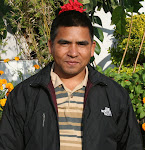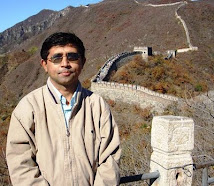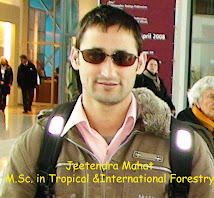







Rahul Vishvakarma , the Nepal left-arm spinner, produced an extraordinary display by claiming 7 for 15 as the hosts took the Division 5 trophy with a five-wicket victory against USA at Kirtipur and gained revenge for Friday's defeat. After the controversial scenes of the previous day, when crowd trouble affected the end of Nepal's match, the supporters were left much happier by this effort. However, when USA moved to 100 for 1 it wasn't looking promising for the home side with the second-wicket stand between Orlando Baker and Steve Messiah on 81. The game changed when Baker was run out for 49 before Sanjam Regmi bagged Sushil Nadkarni to leave USA on 141 for 3. Then Vishvakarma began his one-man demolition job as USA lost their last eight wickets for 31 in 12 overs and Nos. 5 to 11 couldn't reach double figures. Nepal's chase was aided by 20 wides from the USA bowlers as Mahesh Chhetri and Anil Mandal added 85 for the first wicket. There was a minor wobble for Nepal at 140 for 5, but Gyanendra Malla saw then home with an unbeaten 28.
"It's a great thing for us to have won today as it is our first win as a senior side in a long time," said Paras Khadka, the Nepal captain. "I think the team worked really hard today and the USA just couldn't handle Rahul's aggressive and crafty bowling. It's wonderful to take home the trophy but after some celebration the focus has to turn to this August in Italy where I hope we can be equally successful."
Bahrain completed a depressing two days for Singapore with a three-wicket victory at Bhaktapur. Singapore missed out on promotion to Division 4 by a tiny difference of net run-rate and that disappointment could well have played a role in their demise to 126. Tahir Dar, who was named Player of the Tournament, took out the lower order with 4 for 29 after miserly display from Adil Hanif, who claimed 2 for 12 in 10 overs, did the early damage. Bahrain struggled, too, early in their chase and at 16 for 3 Singapore were back in the game but Imran Sajjid (34) and Ashraf Yaqoob (32) prevented a full-blown collapse. Still, at 105 for 7 it needed calmness from Dar to knock off the runs as he followed his four wickets with 13 not out as he and Fahad Sadeq completed victory.
"It would have been nice to be promoted but to be recognised as the Player-of-the-Tournament is something I'm proud of and shows that I am doing something right within the team and working my hardest," said Dar.
Ryan Driver put in a captain's performance as Jersey managed a consolation five-wicket victory against Fiji at Lalitpur but it will do little to soften the blow of relegation. Fiji were handsomely placed on 194 for 1, built around a stand of 161 between Josefa Rika (75) and Iniasi Cakacaka (78), but Driver's four wickets meant they struggled to accelerate late on. Driver then anchored the chase with 78 from 104 balls and when he fell, Peter Gough ensured the chase remained under control with a calm 58 from 57 balls as victory came with five balls to spare. Read more...




























